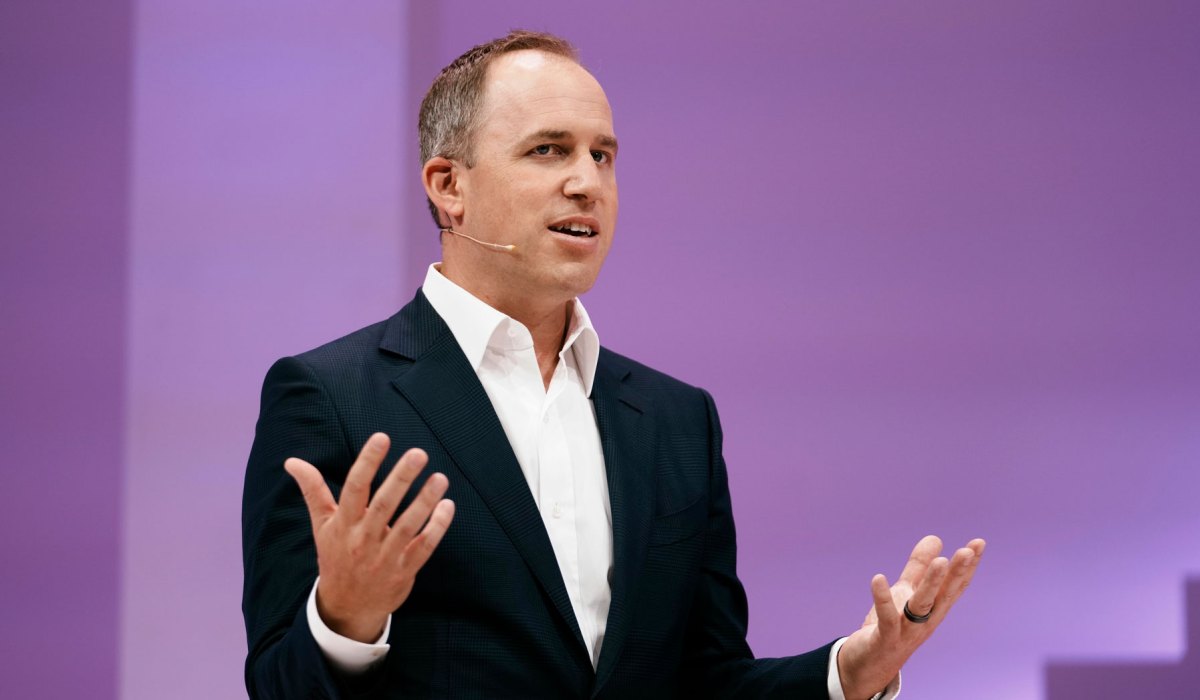Many asset owners are adopting net-zero objectives to manage their investment exposure to climate change risk. A net-zero investment objective aims to attain net-zero portfolio greenhouse gas (GHG) emissions by 2050, in line with the global goal of zero growth in real-world GHG emissions set by the Paris Agreement.
Strategies to achieve a net-zero investment objective typically include reducing portfolio emissions to lower transition risk, investing in climate change solutions to capitalize on macro trend opportunities, and using engagement and advocacy to reduce systemic risks.
Adding a net-zero objective to a traditional investment program presents challenges for asset owners because they must grapple with balancing a net-zero objective with fiduciary duty responsibilities, setting climate risk policy, and how to benchmark net-zero investment strategies, incentivize managers, and determine performance horizons. In “Net-Zero Investing: Solutions for Benchmarks, Incentives, and Time Horizons,” we explore these issues and propose solutions.
Net-Zero Objectives
A net-zero objective must not compromise an asset owner’s risk, return, and actuarial objectives. On the contrary, a well-executed net-zero investment program can support the attainment of these objectives in line with fiduciary duty responsibilities. Portfolio decarbonization and real-world decarbonization are not ends in themselves, but rather means to an end — to protect and enhance a plan’s assets.
The concept of fiduciary duty differs across geographies, but the duties to act with care and prudence apply universally. Net-zero investment programs that carefully consider climate risk while striving to achieve an asset owner’s financial risk and return objectives fit within these duties.
Climate Risk Policy
In a traditional investment program, asset owners may measure investment risk as tracking error, volatility, value-at-risk, or another mean-variance risk metric. A net-zero investment program requires risk measurement, too. Mean-variance analysis, however, fails to capture climate change risk because historical data is insufficient to predict how climate change risk could affect stock price behavior.
Portfolio climate change risk is complex, with multiple contributing factors, including transition risks, physical risks, and systemic risks — risks that don’t map to the factors in a mean-variance risk tool. Although GHG emissions are widely used as a proxy for climate risk, simply measuring and managing portfolio emissions does not fully account for climate change risk.
Additional transition risk factors that can be monitored include the existence of company science-based emissions reduction targets, transition plans, or capital expenditures on emissions reduction. Measuring the physical risk factors of companies is time-consuming and data-intensive; third-party databases can often provide good solutions.
As climate risk measurement evolves, asset owners can focus their efforts in the meantime on investments that contain the highest climate change–related risk, typically their public equity portfolios. Risk management encompasses managing upside risk as well; investing in climate change trends and solutions provides opportunities for increasing portfolio returns.

Benchmarks
As with all investment strategies, net-zero investing requires suitable metrics and benchmarks. Some asset owners default to their existing market index benchmarks, reasoning that climate risk management efforts should be reflected in portfolio returns. Others passively track a decarbonizing benchmark. Some create a custom reference benchmark portfolio that reduces the investment universe to a subset of companies better aligned with the investment strategy.
Lastly, some asset owners employ a “scorecard” approach that combines a market index for measuring financial performance with performance metrics for each net-zero strategy component. We compare the utility of decarbonizing benchmarks and scorecards.
The Paris-Aligned Benchmarks (PAB) and Carbon Transition Benchmarks (CTB) are the most widely used decarbonizing benchmarks. PAB and CTB indexes are designed to be derivative indexes of parent market indexes based on criteria set by the European Union. They aim for a 50% and 30% emissions reduction, respectively, relative to parent indexes and a 7% annual reduction thereafter.
Decarbonizing benchmarks provide a useful way to launch a net-zero investing program, but they do have several disadvantages, including potentially high tracking error versus the parent index, limited influence on real-world carbon emissions, and, for many decarbonizing benchmarks, lack of transparency in construction methodology.
The scorecard approach can be used to address a primary issue with net-zero benchmarking –namely, that no single index or benchmark can satisfy all measurement needs for an investment program that has both financial risk and return objectives and net-zero objectives.
A scorecard benchmark can include a set of metrics or performance indicators that measure both financial objectives and net-zero objectives. As an example, the UK pension scheme NEST established three key expectations for its external asset managers as part of its net-zero investment program: (1) report on climate risks and opportunities using the TCFD framework, (2) reduce emissions, and (3) vote and engage on company transition plans and efforts.
NEST holds its managers accountable for climate change objectives in addition to financial objectives. Scorecard benchmarks are commonly used in other industries to gauge performance; the investment industry’s reliance on market indexes as a sole performance benchmark makes it an outlier.
Incentives
Asset managers who are compensated solely to beat a market index may not directly pursue investment actions that contribute to asset owner’s net-zero objective. To motivate managers to achieve net-zero objectives, asset owners must provide appropriate incentives.
Although asset owners have little influence over asset management compensation systems, they can set terms for net-zero mandates that include sufficiently motivating compensation structures. In a 2011 report titled “Impact-Based Incentive Structures,” the Global Impact Investment Network (GIIN) suggests asset owners consider several factors when deciding how to structure impact-based compensation, such as whether to reward for short-term performance, long-term performance, or both.
The industry is just beginning to see the emergence of net-zero incentive compensation structures. As an example, one asset manager has linked deferred compensation to net-zero targets. We expect that we will see further development as net-zero investing gains momentum.
Time Horizons
The long-term goal of attaining a net-zero objective by 2050 must be achieved by meeting interim targets over short- and intermediate-term time horizons. Climate change can impact portfolio assets in material and unexpected ways, both near term and in the coming years, as the world attempts to mitigate this systemic risk. Evaluating the success of a net-zero investment program must reflect this reality, which stands in stark contrast to the three- to five-year rhythm of most performance goals.
To achieve net-zero targets, asset managers must invest time and resources to evaluate company transition strategies and risks, measure emissions pathways, source transition opportunities, and engage for corporate and policy change. Asset owners should give managers sufficient opportunities for success.
Five-year time horizons, for example, provide better chances for engagement success and progressive emissions reduction. In practice, asset owners have set a variety of target dates, ranging from beginning in 2025 to beginning as late as 2040, generally with several interim dates in between.
Net-Zero Investing in the Future
What can we say about the future of net-zero investing? The planet is undergoing a climate transformation that is driving one of the most significant economic transitions in history. We expect that net-zero investing will continue growing as emissions-reduction plans and programs take hold, climate change solution opportunities increase, and the industry develops better tools and skills to measure and manage climate change risk.




























